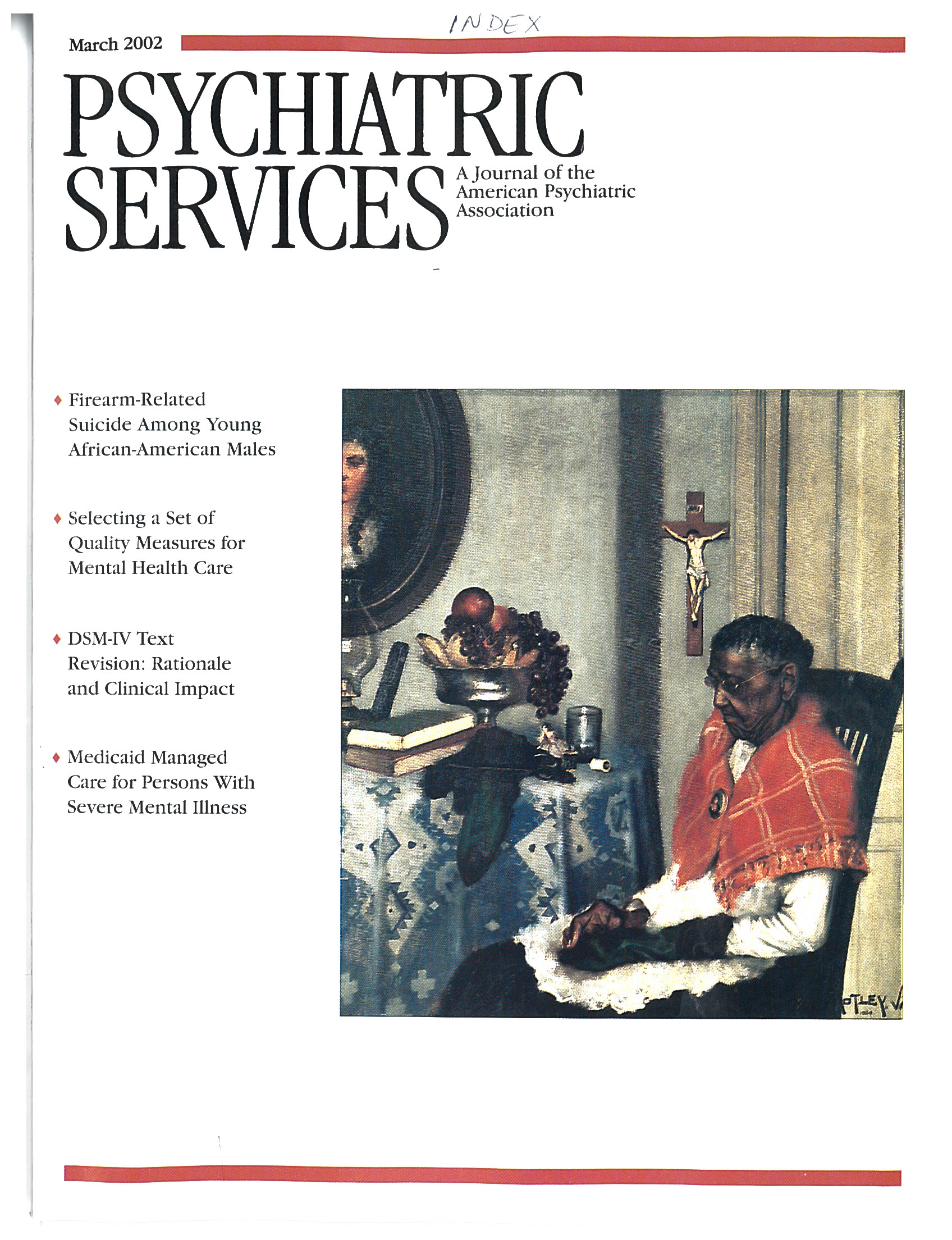Not a Joking Matter
In Reply: In the 19th century, Dorothea Dix campaigned throughout the United States for the construction of state hospitals under the banner of, in effect, "Do what's right and save money." In the second half of the 20th century, forces came together under the very same banner to empty the state hospitals. Ms. Dix would surely be saddened to see that persons in the 21st century with severe mental illness are so often found where she found them—in jails and prisons.
In 1939 Penrose (1) published an article showing that "there is a definite incompatibility between the development of mental health services and the need for accommodation in prisons." He noted that decreasing the number of beds in one system leads to their increase in the other. More than 20 years ago, two psychiatric residents showed that when commitment statutes are tightened, communities use criminal commitment statutes to move individuals with mental illness from their communities to state hospitals (2).
In 2002 these findings are not new. Currently, the situation is even worse than Dr. Keisling describes, since in addition to the large number of persons with mental illness in jails and prisons, another 550,000 are on probation. On any given day, the number of persons with mental illness who are incarcerated in the United States is two and a half times the number occupying all psychiatric beds. Where we need innovation is in how to deal with the current misdirection of persons with serious mental illness and the misallocation of resources for their services from public mental health systems to the criminal justice system.
Jail diversion programs may be effective—more research is needed to demonstrate that. But diversion from incarceration is not a remedy, because it occurs far too late in the process of delivering mental health services. In an effective system of care, persons with serious mental illness should not be in line for jail cells. And persons with psychiatric disorders whose criminal behaviors derive from factors other than mental illness should not be treated differently because of their mental illness. To do so marginalizes individuals with psychiatric illnesses.
1. Penrose LS: Mental disease and crime: outline of a comparative study of European statistics. British Journal of Medical Psychology 18:1-15, 1939Crossref, Google Scholar
2. Geller JL, Lister ED: The process of criminal commitment for pretrial psychiatric examination: an evaluation. American Journal of Psychiatry 135:53-60, 1978Link, Google Scholar



